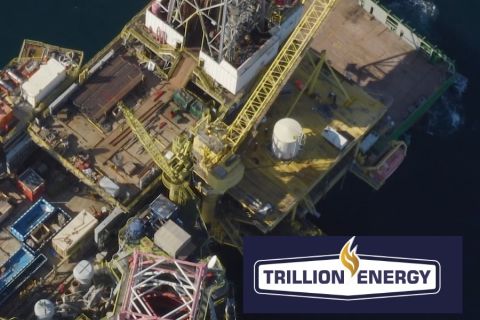HOUSTON—EPIC Midstream Holdings LP has begun filling a new 400,000 barrel per day oil pipeline that stretches from the Permian Basin to the U.S. Gulf Coast and will start exporting from its own South Texas terminal by the end of this year, President Brian Freed said in an interview on July 29.
The San Antonio pipeline operator has also begun construction on a second dock at its export terminal in Corpus Christi, Texas, that next year will be capable of loading tankers that carry up to 1 million barrels, known as Suezmax tankers, Freed said.
RELATED:
EPIC Announces Appointment Of Brian Freed As President
In the third quarter, EPIC will make the first deliveries into Corpus Christi on the new pipeline, one of three new pipelines helping to ease a crude oil bottleneck that has weighed on prices in the Permian of West Texas and New Mexico for more than a year.
Freed said the second dock would be completed in 2020 but did not say exactly when. He did not disclose the terminal’s expected export and storage capacity once it is completed.
EPIC will begin loading smaller Aframax tankers, which carry around 500,000 barrels, in Corpus Christi later this year.
“We anticipate it will clear all the barrels that we have directed at the facility right now and we have the ability to expand,” Freed said.
Crude flows will ramp up each month after the start of interim service as the company adds more storage tanks in the Permian and its facilities at Gardensdale and Robstown, Texas.
“We’ll have tanks coming on every month,” Freed said. “We’ll be bringing on different tankage at different locations all along the way.”
Last week, EPIC said it would cut initial rates for interim service on the pipeline in half to $2.50 per barrel, according to a regulatory filing.
The new rate was “more in line with market conditions,” and will “keep the pipeline flowing at a level we’re happy with in terms of volume in the interim period,” Freed said.
“The arbitrage opportunities don’t really support a $5 differential” for prices between the Permian and the U.S. Gulf Coast, he said.
Recommended Reading
Deepwater Roundup 2024: Offshore Europe, Middle East
2024-04-16 - Part three of Hart Energy’s 2024 Deepwater Roundup takes a look at Europe and the Middle East. Aphrodite, Cyprus’ first offshore project looks to come online in 2027 and Phase 2 of TPAO-operated Sakarya Field looks to come onstream the following year.
E&P Highlights: April 15, 2024
2024-04-15 - Here’s a roundup of the latest E&P headlines, including an ultra-deepwater discovery and new contract awards.
Trio Petroleum to Increase Monterey County Oil Production
2024-04-15 - Trio Petroleum’s HH-1 well in McCool Ranch and the HV-3A well in the Presidents Field collectively produce about 75 bbl/d.
Trillion Energy Begins SASB Revitalization Project
2024-04-15 - Trillion Energy reported 49 m of new gas pay will be perforated in four wells.
Exxon Ups Mammoth Offshore Guyana Production by Another 100,000 bbl/d
2024-04-15 - Exxon Mobil, which took a final investment decision on its Whiptail development on April 12, now estimates its six offshore Guyana projects will average gross production of 1.3 MMbbl/d by 2027.





